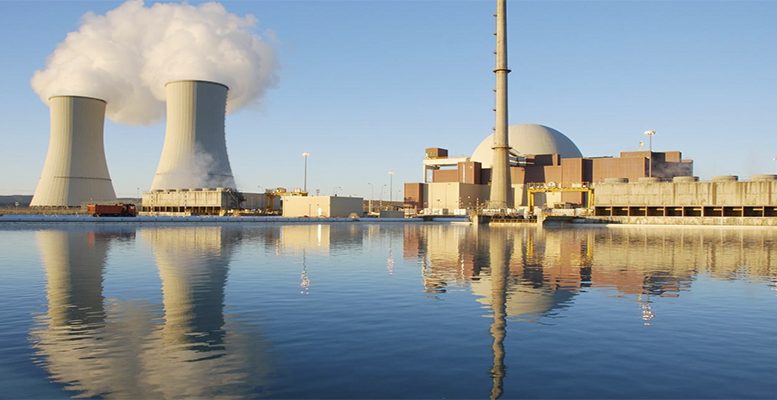The Minister for Ecological Transition, Teresa Ribera, has signaled the government´s intention to close down Spain´s nuclear power stations as the stations complete 40 years of useful technological life, a period which comes due in 2028. Nevertheless, Endesa, as of now the major nuclear operator in Spain, considers it “impossible to dismantle all the nuclear power stations at the same time” as the 40 years is completed, given that it would have negative impact.
Last week the CEO José Bogas used the presentation of the first half year results to warn that the “early closure” of the nuclear power stations between 2023 and 2028 would affect security of supply, would mean higher electricity prices and would impact carbón emissions.
He also considered that lengthening the useful life of nuclear power stations to 5o years would solve the problema of the “hole” in Enresa, the state company assigned the role of dismantling nuclear power stations and managing radioactive residues. According to the data of the analysts Bogas mentioned, Enresa would need between 1 and 3 billion euros, depending on how it is calculated, to complete the closure of nuclear plants as they reach 40 years of useful life.
Endesa controls or holds shares in 6 of the 7 reactors currently operational in the country. Specifically, the company owns 36% of the nuclear plant at Almaraz; 85% of Asco II; 72% of Vandellós II; and 100% of Asco I. Overall, Endesa´s installed nuclear capacity is 3.443 Mw.
Why does Endesa want to lengthen from 40 to 50 the useful life of their nuclear plants? The answer is purely accounting. Since 2015, the electricity company has elaborated its accounts on the basis that its nuclear plants Will function for 50 years – apparently in other countries, like the US and France, it is normal to calculate amortisation on this basis. Whatever, if the plants don´t complete this period, the company will have to increase the funds it dedicates each year to amortise its nuclear plants.
However, a day later, the chairman of Iberdrola, Ignacio Sánchez Galán, also during the presentation of results, showed a radically different position opposed to his colleagues in Endesa, reassuring that the closure of nuclear plants at 40 years is “perfectly practical”, and that it will have no impact on the supply of electricity.
According to Ignacio Galan, in order to extend the operation of these plants to 50 years “would need investment of varios billions, which would have to be repaid with a consequent effect on prices”.
The difference of criteria results directly from the way in which each of the two electricity companies accounts the amortisation of the nuclear plants. As mentioned before, Endesa does so on the basis of 50 years of useful life, while Iberdrola does it on the basis of the 40 years indicated by the government. According to the calculations of Endesa itself, the company would still have 2.8 billion euros to amortizar accounting at 50 years. If, finally, the closure of nuclear plants is approved at 40 years, the electricity company would have to increase the amortisations by 190 million euros every year.
The nuclear plant at Almaraz I is the first which will have to renew its licence if it is to continue operating. Endesa, Iberdrola and Naturgy share ownership of Almaraz I, and it appears that they have agreed to seek this renewal. After the summer they will begin to negotiate the joint position they will adopt.





